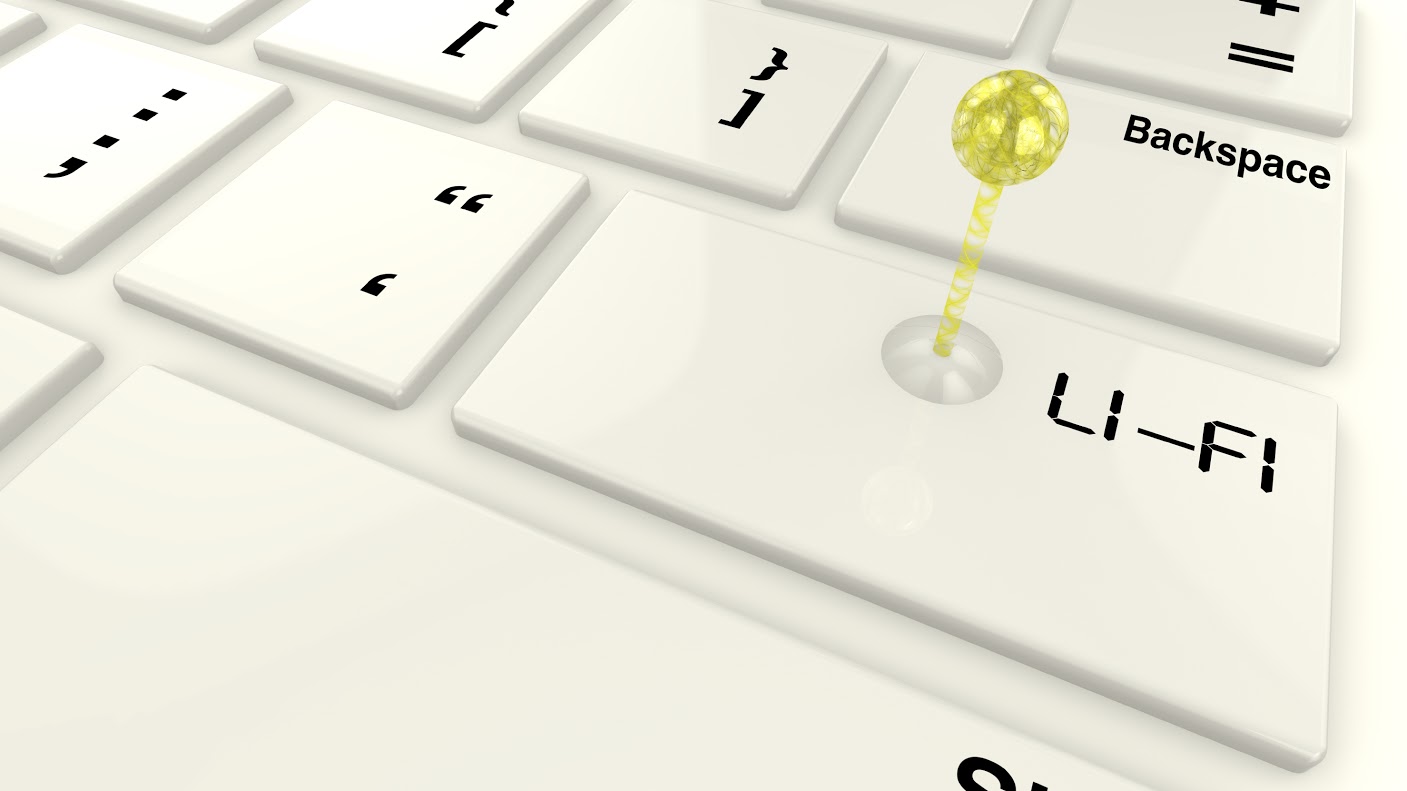Imagine a life where your light bulbs emit not only illumination, but also SUPER FAST INTERNET.
Didn’t know this was a thing that was happening? Neither did we! until a little birdie told us about this thing called LiFi, developed by Professor Harald Haas from the University of Edinburgh with Velmenni, an Estonian startup.
LiFi can deliver internet up to 100x the speed of current WiFi technologies, that’s 1Gbps or, to put it in lay terms, the ability to download a HD movie in just a few seconds.
Developed in a research lab, LiFi have achieved speeds of up to 224Gbps and has now found it’s way into the commercial world. Data is sent at high speeds through light bulbs using Visible Light Communication (VLC), which cannot pass through walls therefore making it less likely to be intercepted or experience interference from other devices. This will enhance security and privacy of internet users as well as delivering high-speed data transmissions for internet access or IoT deployments.
Deepak Solanki, CEO of Velmenni, told IBTimes UK “We are doing a few pilot projects within different industries where we can utilise the VLC technology,” he went on to say that “Currently we have designed a smart lighting solution for an industrial environment where the data communication is done through light. We are also doing a pilot project with a private client where we are setting up a LiFi network to access the internet in their office space.”
The main challenge faced when harnessing LiFi technology is how to fit existing light bulbs with said technology instead of having to create a whole new infrastructure.
But Professor Haas thinks this can be overcome easily, “All we need to do is fit a small microchip to every potential illumination device and this would then combine two basic functionalities: illumination and wireless data transmission.”
“In the future we will not only have 14 billion light bulbs, we may have 14 billion LiFis deployed worldwide for a cleaner, greener and even brighter future.” he says.
